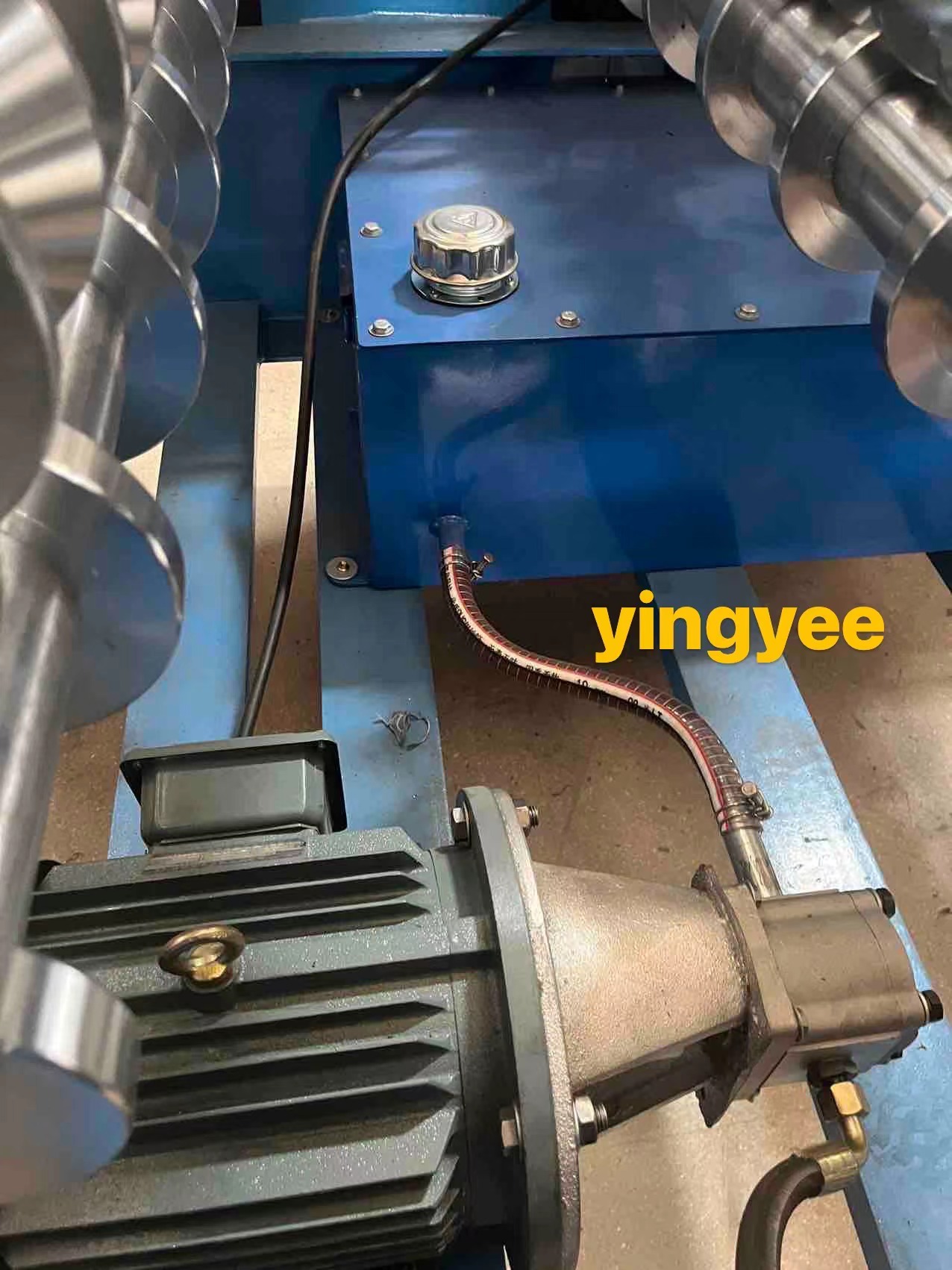
The Discontinuation of PU Foam Production Lines Implications and Future Directions
Polyurethane (PU) foam is extensively used in various industries, from furniture and automotive manufacturing to construction and packaging. This versatile material is prized for its insulation properties, comfort, and ability to be molded into different shapes. However, the production of PU foam is under scrutiny owing to environmental concerns, economic pressures, and changing technological landscapes. The recent trend towards discontinuing certain PU foam production lines highlights significant shifts in manufacturing practices and consumer preferences.
One of the primary drivers behind the discontinuation of PU foam production lines is the growing environmental concern associated with traditional polyurethane foam manufacturing. The production process often involves the use of isocyanates, which are hazardous chemicals that pose health risks to workers and can lead to serious environmental pollution. Moreover, the end-of-life disposal of polyurethane products raises significant ecological issues, as many PU foams are not easily recyclable and can contribute to landfill waste.
The Discontinuation of PU Foam Production Lines Implications and Future Directions
Economic factors also play a critical role in the discontinuation of PU foam production. Increasing costs of raw materials, coupled with stringent regulations regarding emissions and waste management, have put considerable pressure on manufacturers. Companies that rely heavily on PU foam may find it more economically feasible to pivot towards alternative materials or production methods that are less costly in the long run. Furthermore, globalization and technological advancements have opened up opportunities for manufacturers to explore innovative production techniques that align with the principles of circular economy, thereby reducing overall resource consumption.

The discontinuation of certain PU foam production lines does not merely reflect a response to external pressures; it also represents an opportunity for innovation. The materials science field is advancing rapidly, and researchers are experimenting with new polymers and composites that can fulfill similar functions to traditional PU foams without the associated environmental impact. For instance, bio-based polyols are being developed as substitutes for petroleum-derived ones, leading to foams that can reduce dependency on fossil fuels while maintaining desirable properties.
Transitioning to alternative materials, however, is not without its challenges. Research and development efforts require significant investment and time, and manufacturers must navigate the complexities of adapting existing production lines or creating new ones to accommodate different materials. Furthermore, the supply chain implications cannot be overlooked—sourcing sustainable raw materials may introduce new complexities and costs.
In conclusion, the trend towards discontinuing PU foam production lines reflects broader societal shifts towards sustainability, economic viability, and technological innovation. While traditional PU foams have played a significant role in various industries, the need for environmentally friendly alternatives is becoming increasingly pressing. Manufacturers are presented with both challenges and opportunities as they adapt to this changing landscape. By investing in research and development, collaborating with supply chain partners, and focusing on sustainable practices, the industry can steer towards a future that accommodates both economic needs and environmental responsibilities.
Ultimately, the discontinuation of CO foam production is a reflection of a transforming industry one where sustainability is no longer an afterthought but a fundamental principle guiding production decisions. As consumers continue to prioritize eco-friendly products, the evolution of material science and manufacturing practices will play a crucial role in shaping the future of the PU foam market and beyond.